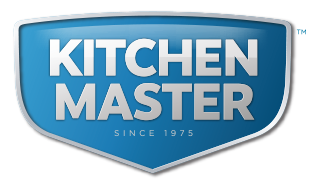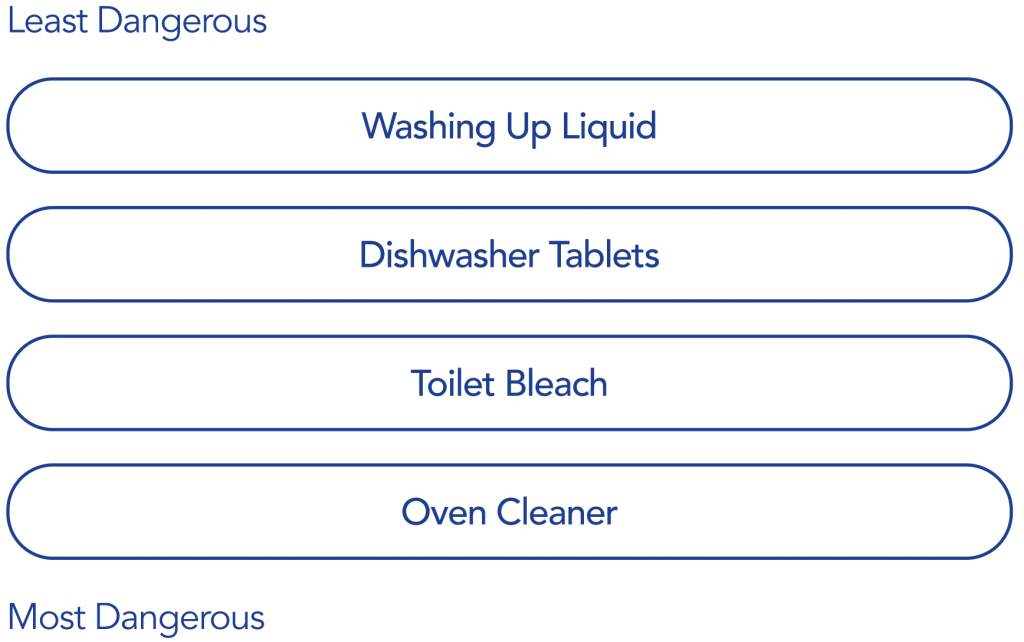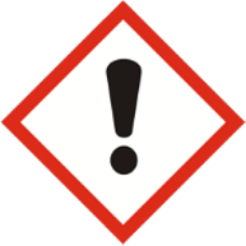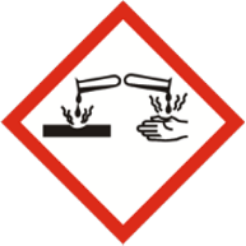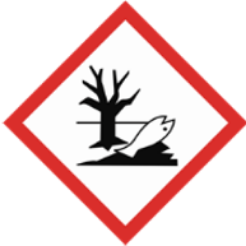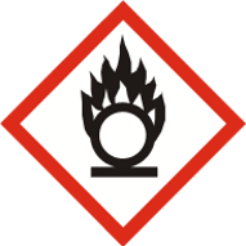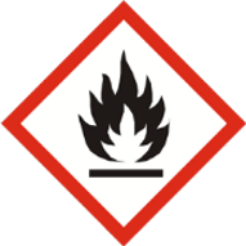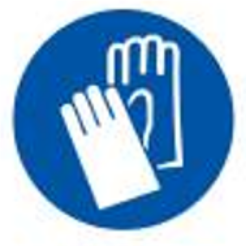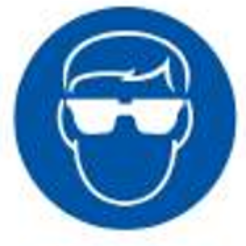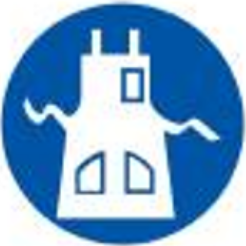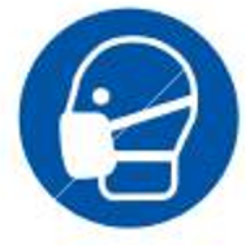Why This Training Course?
We have developed this online training course, with the aim of assuring all key messages are delivered and that users of our cleaning and hygiene products use them safety and effectively as possible.
Using basic common sense will be a key requirement to ensure you reduce the risk of chemical injury to yourself or others.
By completing this online training course you have taken a major step forward in protecting yourself from potential injury.
